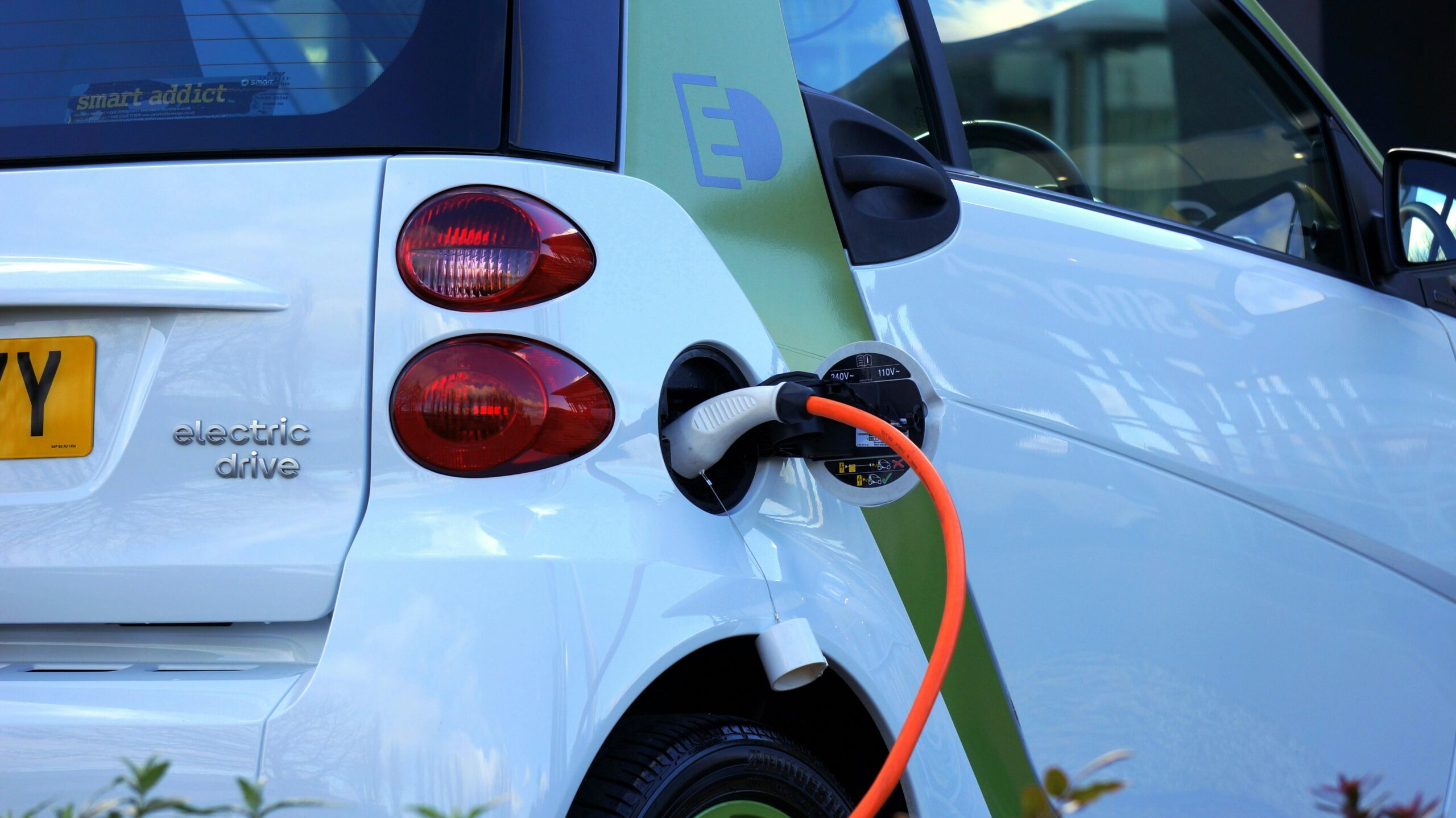India, the world’s second-most populous country, is witnessing a surge in electric vehicle (EV) adoption. Driven by government incentives, environmental concerns, and falling battery prices, EVs are poised to transform the Indian transportation sector. However, this transition presents a significant challenge: the impact on the country’s power grid.
The Indian power grid, while undergoing expansion, faces limitations. Coal still dominates the energy mix, leading to concerns about EVs increasing peak demand and straining an already stressed system. This begs the question: are EVs a boon or a bane for India’s power grid?
Potential Strain on the Grid
A significant concern is the additional load EVs will place on the grid. A typical EV battery pack can hold 30-60 kWh of energy. Even a moderate number of EVs charging simultaneously could lead to spikes in demand, especially during peak hours (evenings). This could overwhelm the grid’s capacity, leading to power outages and voltage fluctuations.
A study by NITI Aayog, a government think tank, estimates that large-scale EV adoption could increase peak demand by 25-39% by 2030. This translates to a massive additional requirement for power generation capacity, which takes time and significant investment to build.
Furthermore, India’s grid suffers from transmission and distribution losses of around 20%. This means that for every unit of electricity generated, nearly one-fifth is lost before reaching consumers. EV charging will exacerbate these losses, as the power will be distributed further through charging stations.
The Silver Lining: Opportunities for the Grid
Despite the challenges, EVs also present opportunities for the power grid. Here’s how:
Smart Charging: Technological advancements like smart charging can mitigate the strain on the grid. Smart chargers can optimize charging based on real-time grid conditions, prioritizing off-peak hours when demand is lower. This can help flatten the demand curve, reducing peak loads.
Vehicle-to-Grid (V2G) Technology: V2G technology allows EVs to act as mobile energy storage units. During off-peak hours, EVs can be charged using excess grid power. During peak hours, EVs can feed this stored energy back into the grid, helping to stabilize it.
Renewable Energy Integration: EVs can become powerful drivers for renewable energy adoption. India has ambitious renewable energy targets, and EVs can create additional demand for cleaner sources of power. This can incentivize investments in solar, wind, and other renewable sources, ultimately making the grid cleaner and more sustainable.
The Path Forward: A Multi-Pronged Approach
To ensure a smooth transition to EVs while minimizing stress on the grid, a multi-pronged approach is necessary:
Grid Modernization: Investments are needed to upgrade the existing grid infrastructure. This includes reducing transmission and distribution losses, strengthening grids in urban areas, and integrating smart grid technologies.
Promoting Renewable Energy: Aggressive renewable energy adoption is crucial. Incentives for solar rooftop installations, large-scale solar and wind farms, and energy storage solutions are essential to meet the increased demand from EVs with cleaner sources.
Encouraging Smart Charging: Government policies and regulations need to incentivize smart charging infrastructure. This includes establishing off-peak charging tariffs and promoting the use of smart chargers in homes and public charging stations.
The Role of Consumers
Consumers also play a vital role in ensuring a smooth transition:
Educating Consumers: There’s a need to educate consumers about the benefits of smart charging and off-peak charging practices. This can help minimize the impact on the grid during peak hours.
Investing in Smart Chargers: Consumers considering EVs should invest in smart chargers for their homes. This ensures optimal charging without overloading the grid.
Looking Abroad: Lessons from Global Leaders
Several countries are successfully navigating the EV revolution while minimizing grid strain. Here are some examples:
China: The world leader in EV adoption, China has invested heavily in grid modernization and smart charging infrastructure. They have also prioritized renewable energy sources like solar and wind.
Norway: A pioneer in EV adoption, Norway boasts one of the cleanest grids globally, with a high proportion of renewable energy. They also have widespread use of smart charging technologies.
California: California, a leader in clean energy policies, has implemented ambitious targets for renewable energy and EV adoption. They are actively promoting smart charging infrastructure and exploring V2G technology.
These success stories demonstrate that a multi-pronged approach involving grid modernization, renewable energy integration, and smart charging practices can pave the way for a smooth transition to EVs.
Public-Private Partnerships: A Catalyst for Change
Public-private partnerships (PPPs) can play a critical role in accelerating grid modernization and smart charging infrastructure development.
Conclusion
The rise of EVs in India presents both challenges and opportunities for the power grid. While there’s a potential for strain on the grid due to increased demand, smart charging, V2G technology, and a focus on renewable energy can mitigate these concerns. A collaborative effort by the government, power companies, and consumers is essential to ensure a smooth transition to EVs while building a robust and sustainable power grid for the future.




